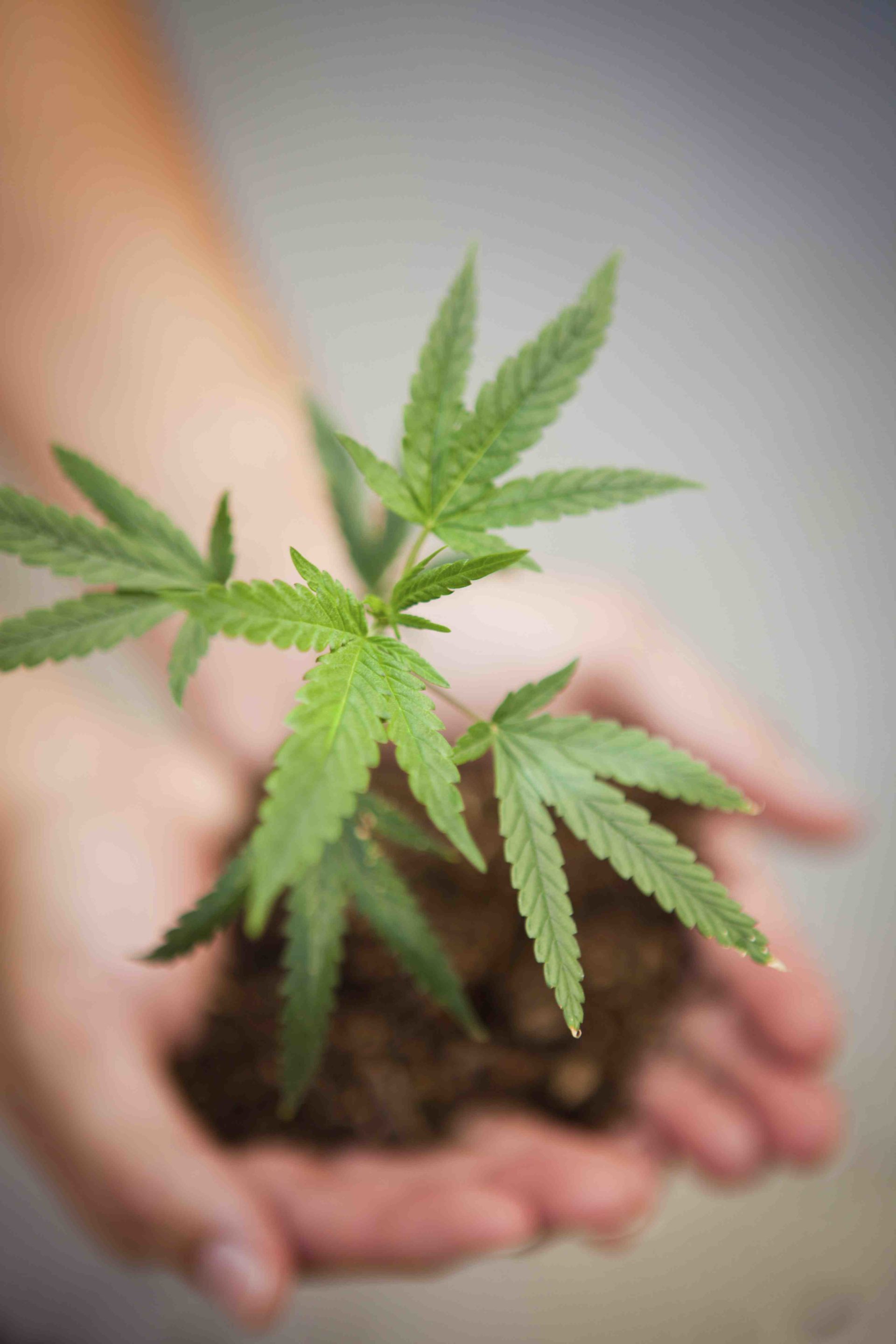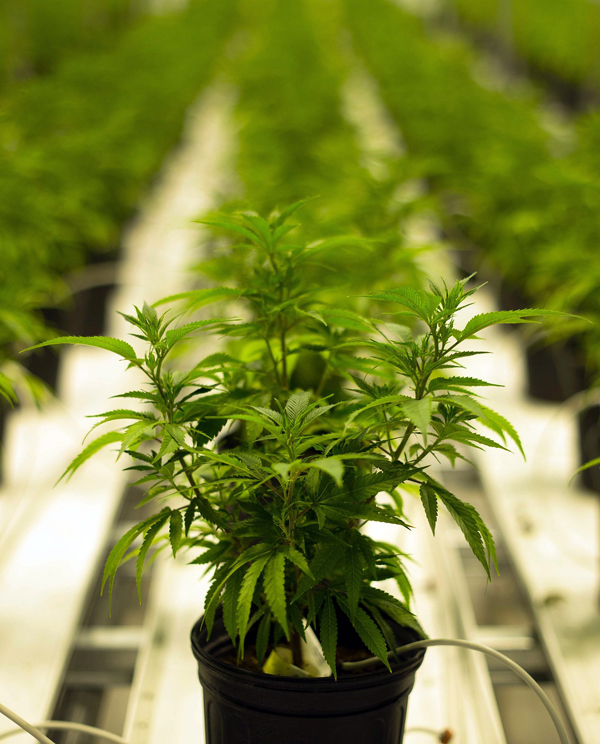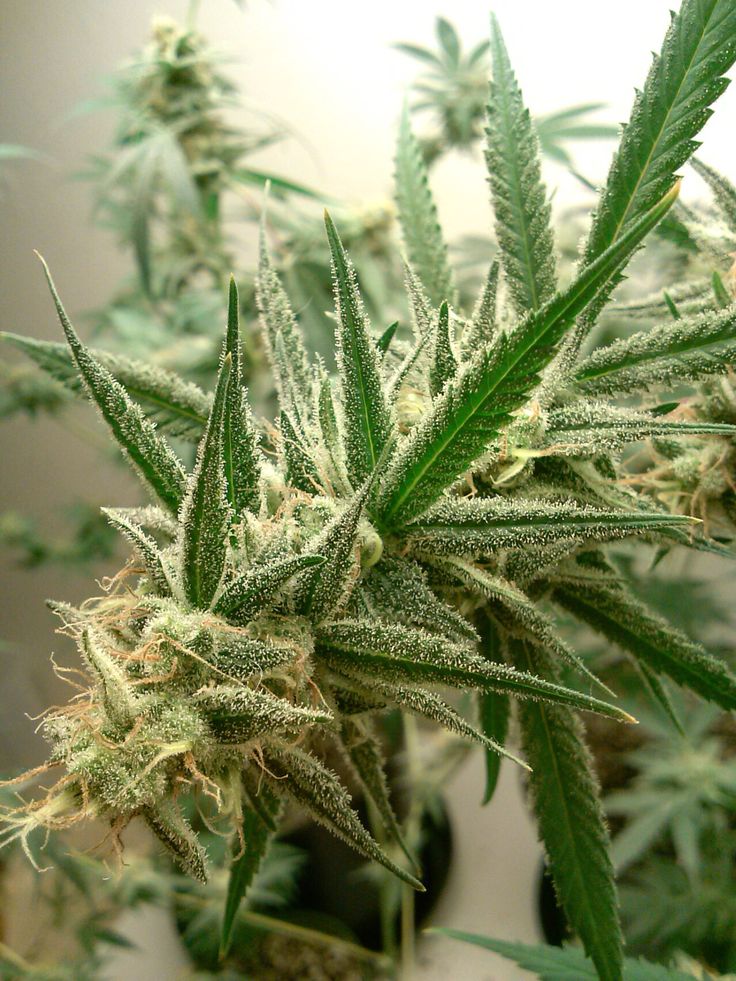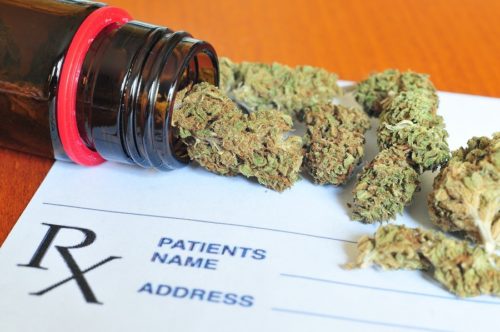Medical Marijuana – What, If Anything, Is it Good For?
We’ve explained that it’s the politicians and their meddling which has so far prevented medical research from delineating the truth about medical uses of marijuana, when it was clearly used hundreds of years ago for “medical purposes”—so-called: medical marijuana.
Misguided and incompetent laws have even prevented and delayed the finding of ways to remove the “drug’s” psychotropic side effects and make it safe for use!
What, if anything, is marijuana “good” for?
Because of the interference, the effects of its criminalization not only have negatively impacted society but led to the bizarre notion that adolescents (and those acting like them) should be allowed to freely “play” with the drugs.
Despite all that, legitimate scientific research has finally been allowed to begin to catch up and delineate what, if anything, marijuana is “good” for; what medical benefit patients might derive from either it or some compound derived from its structure.
Medical Marijuana
What legitimate research is showing
Remember from the last post in the series that research is significantly complicated by the fact that there have been a whole lot of compounds made from the structure of marijuana, some with bad side-effects and others without; tetrahydrocannabinol (THC) being the first one described and the one which causes the hallucinations and other bad stuff.
In addition there are multiple methods of taking the drugs which complicate the issue even further.
The research I’ll describe below uses the following terms: oral cannabis extract (OCE) in pills with pure CBD (cannabidiol) and mixed THC/CBD; synthetic THC (pills); mixed THC/CBD (nabiximols, oromucosal spray); and, inhaled medical cannabis (smoked or nebulized).
Neurologic Conditions

Medical researchers combined 34 studies done over a 65-year period (1948-2013) on the potential medical effects of marijuana in several neurologic conditions. Here is a summary of that we know:
Multiple Sclerosis: There is strong evidence that oral cannabis extract (OCE) (and moderate evidence for THC pills) provides short-term relief of spasticity symptoms. OCE also has strong evidence that it can reduce central pain like burning, pins/needles and numbness but not neuropathic pain.
Parkinson’s Disease: OCE pills probably DO NOT alleviate levodopa-induced dyskinesias (moderate evidence).
Epilepsy, Huntington disease (HD), Tourette syndrome (TS) and cervical dystonia (CD): Any form of cannabis reducing seizures—insufficient evidence; also, not enough evidence to show that THC pills alleviate HD motor symptoms, TS tic severity or CD abnormal movements.
Adverse effects: Overall, serious psychopathologic effects about 1 in a hundred; risk of lesser untoward or unwanted effects, often.
Pain
Pain is a big “bugaboo” to study, easy to fake, difficult to verify, highly subjective and terribly variable; but, when real, injects an “urgency” of sorts—to do “something”… “anything.”
Chronic Neuropathic Pain: There is a slowly accumulating bit of evidence that medical marijuana is capable of managing chronic neuropathic pain; but, little is known about safety, best routes or long-term efficacy—especially, in light of other drugs that we DO know about and are safe.
Cancer Pain: Advanced cancer pain is being studied; but, cannabinoids are considered a THIRD-line therapy.
Less than half of 279 Israeli cancer (all types) patients who were still living renewed their marijuana permit after ONE month of use; only 60% reported improved appetite and only half improvement with nausea.
Paclitaxel/Migraine Pain: The NON-psychotropic CBD has some evidence of “protection” against the pain caused by the very specific drug paclitaxel; but, even in the marijuana-prone Colorado, only about a third of patients showed any improvement in their migraine headache. Only 19% claimed reduced frequency and only 11% aborted an attack—much less than current standard medications. This, while a similar 11% reported negative side-effects.
Edible marijuana produces much more negative effects compared with other forms of cannabis.
Psychology/Neurology

So far there is ABSOLUTELY NOTHING seen as beneficial in this category for using marijuana, medical or otherwise.
Manic/Depression (bipolar): Repeatable evidence shows it hastens or triggers bipolar disorder, panic disorder with agoraphobia, social phobia and decline in mental health functioning.
One year of use in patients with type I bipolar disorder is shown to lower global functioning even though elevating mood.
Anxiety: Although data is mixed as far as CAUSING anxiety, good evidence shows that medical marijuana use is associated with increased risk of depression in adolescents, young adults and late middle-aged/older adults
Suicide: Evidence is good that medical marijuana is associated with increased suicidality in late middle-aged/older adults.
Early-onset psychosis: Research data also shows that those children starting to use cannabis before age 18 are associated with early-onset psychosis (like schizophrenia)! And there is a dose relationship. High-potency users are 300 percent more likely compared with non-users; and it increases to 500 percent for daily users!
Depression and psychosis: Chronic cannabis users with subclinical depression have worse outcomes in their first episode-psychosis, including psychosocial functioning.
“Other” Conditions
Cancer: There is NO clinical evidence supporting the claim marijuana has any protective effect to prevent any types of cancer… period.
Chemotherapy Nausea and Vomiting: Two cannabinoids, dronabinol and nabilone, are well established as beneficial and already incorporated into cancer care guidelines for supportive care.
Non-cancer GI Disease: The only use supported by research so far in any GI disease is as an anti-inflammatory; but, the best treatment is with the stronger C indica strain and it’s associated with severe sedation and dysfunction! They may have potential in this area BUT….

Glaucoma: This disease was the first one targeted by druggies to claim as excuse for obtaining marijuana from lax doctors. However, now with actual research, the American Academy of Ophthalmology reiterates it still doesn’t consider cannabis products of any kind to be proper treatment for glaucoma. Its effects are too short-lived and there is no scientific evidence for its long-term efficacy.
Safety Data
The congress and other authorities have only recently liberalized research opportunities so the medical research on cannabis is woefully behind and just now getting underway in earnest.
However, much is known about “recreational use” including its effects on brain structure!
Central Nervous System: Brains of regular users have less gray matter in strategic areas: medial temporal cortex, temporal pole, parahippocampal gyrus, insula, and orbitofrontal cortex. Less gray matter generally diminishes the ability to function for everyone; but, in those with ADHD it’s shown to be particularly problematic.
Cardiovascular System: Using marijuana, even “medical,” gives a 200% greater risk of acute myocardial infarction (heart attack) and even dying from one. In addition, there is a statistical association with higher rates of ischemic stroke.
Pregnancy: Newborn children of marijuana users have at least as many strikes against them as those who have parents that smoke tobacco, even more. In utero cannabis exposure causes T-cell dysfunction and a greatly reduced immune response to viral antigens. In addition, the infants so exposed suffer with disruptions in brain functional connectivity.
☤
Not anywhere near the innocuous panacea the marijuana lobby wants the public to know about!
5 Posts in Marijuana (marijuana) Series
- What It's Good For – 12 Oct 2017
- Medical Marijuana – 4 Oct 2017
- Medical marijuana, test what you know – 25 Sep 2017
- Prenatal Marijuana & Brains – 21 Sep 2017
- Marijuana Series: Intro/Index – 20 Sep 2017

